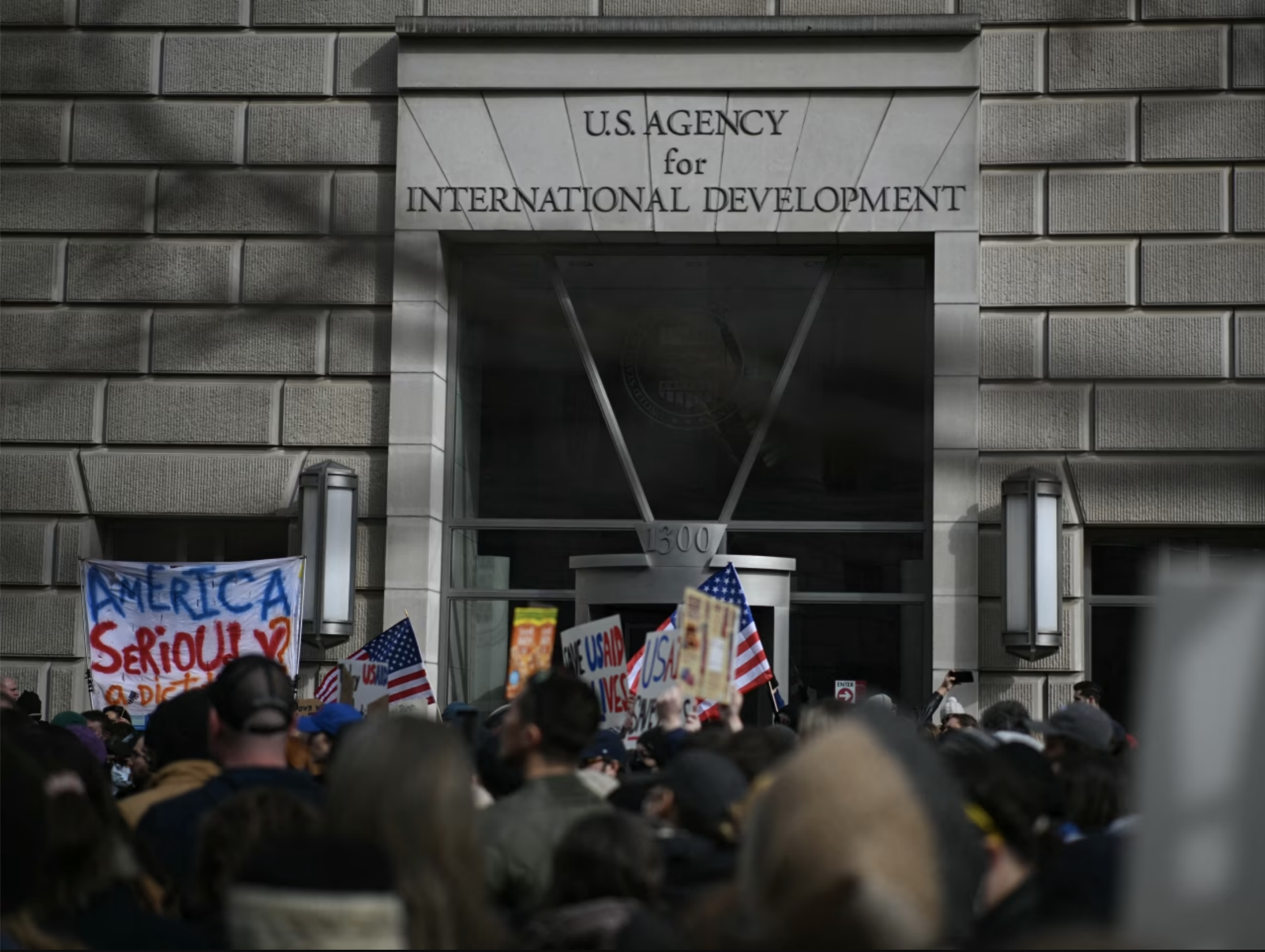
The United States Agency for International Development (USAID) has long been a key player in global development, offering assistance in health, education, economic growth, and governance. While its mission is well-intended, USAID has faced growing criticism over inefficiencies, waste, unintended consequences, and the political nature of foreign aid. Given these concerns, dismantling USAID and reimagining how the United States engages in global assistance may not only benefit recipient states but also provide financial relief to U.S. taxpayers. This article explores the rationale behind dismantling USAID, examining its shortcomings, proposing alternative approaches, and assessing the potential benefits of such a shift.
The Problems with USAID
1. Inefficiency and Bureaucratic Waste
USAID is often criticized for its bureaucratic inefficiency. A significant portion of its budget is allocated to administrative costs, consultant fees, and compliance requirements rather than directly benefiting recipient nations. Studies have shown that for every dollar spent, only a fraction reaches the people and projects it is intended to help. This inefficiency not only undermines its effectiveness but also places a significant burden on U.S. taxpayers, who fund the agency through federal allocations.
2. Dependence Instead of Development
While USAID’s mission is to foster sustainable development, many critics argue that its programs often create long-term dependence rather than self-sufficiency. Recipients become reliant on aid rather than building internal capabilities. Countries that receive USAID support for decades frequently show little progress in economic independence, suggesting that the model fosters reliance rather than empowerment.
3. Political and Strategic Motivations Over Genuine Development
USAID’s operations are frequently guided by U.S. geopolitical interests rather than the actual needs of recipient countries. Aid is often directed toward countries that align with U.S. foreign policy objectives rather than those most in need. This politicization of aid diminishes trust among recipient nations and raises ethical questions about whether development assistance should be used as a diplomatic tool rather than a means of genuine support.
4. Corruption and Mismanagement
Numerous reports have highlighted corruption and mismanagement in USAID programs. Funds have been misallocated, local governments have misused resources, and foreign contractors have siphoned off aid money through fraud and inflated costs. In some cases, aid has been used to prop up authoritarian regimes rather than promote good governance and democratic institutions.
5. Market Distortion and Local Economic Damage
USAID’s approach to aid can distort local economies. For example, food aid programs that distribute American-grown food in recipient countries often undermine local farmers by flooding markets with free or subsidized goods. Similarly, when USAID contracts foreign companies to implement development projects, it deprives local businesses of opportunities to develop and compete.
Alternative Approaches to Development Assistance
Rather than relying on USAID’s traditional aid model, the U.S. could explore alternative methods that promote sustainable development, foster economic growth, and reduce reliance on long-term assistance.
1. Promoting Private Sector Investment
Instead of direct aid, the U.S. could encourage private sector investments in developing countries. By facilitating trade agreements, providing investment guarantees, and supporting entrepreneurship, recipient nations would benefit from job creation, economic growth, and technological advancements without being dependent on foreign aid.
2. Strengthening Bilateral Partnerships
Shifting from a centralized aid agency to direct bilateral partnerships with countries could enhance accountability and efficiency. Rather than funneling funds through a bureaucratic agency, the U.S. could negotiate specific agreements tailored to each country’s unique needs, ensuring resources are allocated more effectively.
3. Expanding Microfinance and Localized Aid Programs
Investing in microfinance initiatives and localized programs can empower communities to drive their own development. Providing small loans and funding directly to local entrepreneurs, rather than large-scale government projects, would encourage self-sufficiency and economic resilience.
4. Enhancing Trade and Economic Integration
The U.S. could prioritize trade policies that enable developing nations to integrate into global markets. Lowering tariffs, reducing trade barriers, and fostering industrial development would provide more sustainable economic benefits than traditional aid models.
5. Strengthening Civil Society and Governance
Instead of providing direct financial aid to governments, the U.S. could focus on supporting civil society organizations, human rights groups, and democratic institutions within recipient nations. This would help build accountable governance structures and reduce corruption without fostering aid dependence.
Benefits to U.S. Taxpayers
1. Significant Cost Savings
Dismantling USAID could save billions of dollars annually. A large portion of U.S. foreign aid currently flows through USAID, and reducing bureaucratic overhead would free up federal funds that could be redirected to domestic priorities such as infrastructure, healthcare, and education.
2. More Transparent and Effective Use of Funds
By eliminating an inefficient agency, U.S. assistance could be allocated in a more transparent and results-driven manner. Taxpayers would have greater assurance that their money is being used effectively rather than lost in bureaucratic inefficiencies or corrupt systems.
3. Reducing Unintended Consequences
Moving away from traditional aid models would help prevent the unintended consequences of USAID programs, such as economic distortions, corruption, and reliance on foreign assistance. This would ultimately lead to more sustainable development outcomes.
4. Focusing on Domestic Priorities
While international development is important, dismantling USAID would allow the U.S. government to reallocate resources toward pressing domestic issues. Many Americans argue that taxpayer money should first address challenges at home, including poverty, infrastructure, and economic stability.
Potential Challenges and Considerations
While dismantling USAID presents numerous benefits, it would also require careful planning to ensure that vital humanitarian programs continue uninterrupted. Some challenges to consider include:
- Transitioning existing programs – Ensuring that critical health and nutrition initiatives are transferred to more effective agencies or private-sector partners.
- Managing international relations – Maintaining diplomatic goodwill while shifting from traditional aid models.
- Addressing emergency relief – Finding alternative mechanisms for providing rapid humanitarian assistance during crises such as natural disasters and conflicts.
Conclusion
Dismantling USAID could provide significant benefits for both recipient nations and U.S. taxpayers. By eliminating bureaucratic inefficiencies, fostering self-sufficiency, reducing corruption, and promoting alternative approaches such as private investment and trade, the U.S. can engage in global development in a more effective and fiscally responsible manner. While aid will always play a role in international relations, shifting toward a more strategic and sustainable model could enhance economic growth and stability worldwide without the pitfalls of traditional foreign assistance programs.


Leave a Reply